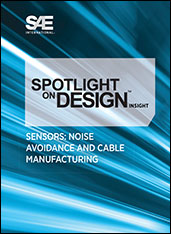Standard
AIRCRAFT AUTONOMOUS DISTRESS TRACKING (ADT)
2019-08-26
CURRENT
ARINC680
This document describes the technical requirements, architectural options, and recommended interface standards to support an Autonomous Distress Tracking (ADT) System intended to meet global regulatory requirements for locating aircraft in distress situations and after an accident. This document is prepared in response to International Civil Aviation Organization (ICAO) and individual Civil Aviation Authorities (CAAs) initiatives.






